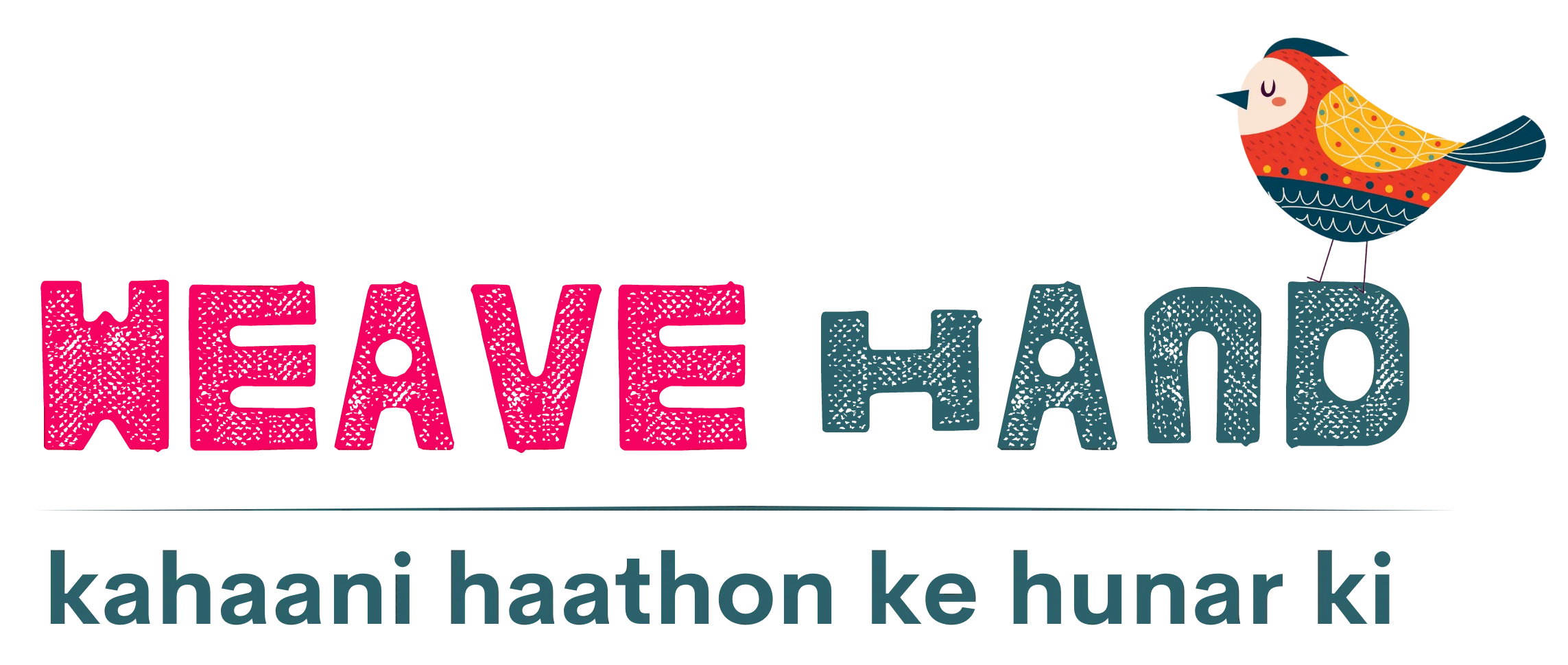Kerala, known as "God's Own Country," is not just celebrated for its scenic beauty but also for its rich cultural heritage, especially its handicrafts and handlooms. The state’s artisans have preserved age-old traditions, creating exquisite pieces that reflect the region's vibrant culture and history. Let’s explore the fascinating world of Kerala's crafts.
Handicrafts of Kerala
Nettur Petti (Traditional Jewelry Box): The Nettur Petti is a traditional handcrafted wooden box used to store jewelry. Known for its intricate carvings and brass embellishments, it symbolizes luxury and craftsmanship. Each box is meticulously handcrafted, making every piece unique.
Aranmula Kannadi (Metal Mirrors): The Aranmula Kannadi is a unique mirror made from a metal alloy rather than glass, believed to bring prosperity. These mirrors are crafted using a secret technique passed down through generations, making them one of the most sought-after crafts from Kerala.
Kathakali Masks and Dolls: Reflecting Kerala's traditional dance forms, these colorful masks and dolls represent characters from Kathakali and Theyyam performances. Made from paper-mâché and adorned with vibrant colors and embellishments, these masks are popular souvenirs for tourists.
Coir Products: Coir products, made from coconut husks, are one of Kerala's most prominent exports. From mats and rugs to baskets and wall hangings, these eco-friendly products are crafted by skilled artisans, showcasing the versatility of coir.
Handlooms of Kerala
Kasavu Sarees: The Kasavu saree, with its distinctive gold borders, is an iconic symbol of Kerala’s tradition. Worn during festivals and special occasions, these sarees are handwoven from cotton and embellished with kasavu (gold or silver thread), reflecting the elegance of Kerala’s heritage.
Balaramapuram Sarees: Known for their simplicity and elegance, Balaramapuram sarees are woven with pure cotton and sometimes with zari. These sarees are distinguished by their broad borders and are highly valued for their comfort and traditional appeal.
Mundum Neriyathum: This traditional attire consists of a two-piece set: a lower garment called the 'mundu' and an upper shawl called the 'neriyathum.' Made from fine cotton, this attire is adorned with kasavu and is often worn during religious ceremonies.
Sustainability and Community Involvement
Kerala’s craft heritage is not just about beautiful products; it’s also about sustaining communities. Artisans often work in cooperatives, ensuring fair wages and the preservation of traditional skills. Moreover, the focus on natural and sustainable materials aligns with global trends towards eco-friendly products.
Challenges and the Way Forward
Despite their beauty, Kerala's crafts face challenges, including competition from machine-made products and the declining number of artisans. However, initiatives by the government and private sectors to promote these crafts through fairs, exhibitions, and online platforms are helping revitalize the industry.
Conclusion
Kerala’s handicrafts and handlooms are a testament to the state’s rich cultural tapestry. They embody not just artistic excellence but also the spirit of a community that values tradition, sustainability, and craftsmanship. By supporting these crafts, we not only preserve heritage but also empower the artisans who keep these traditions alive.
